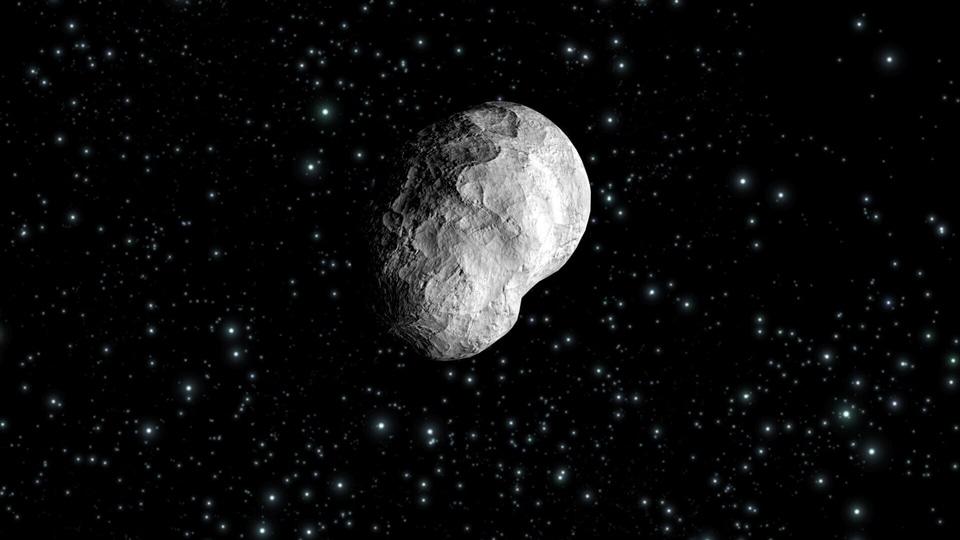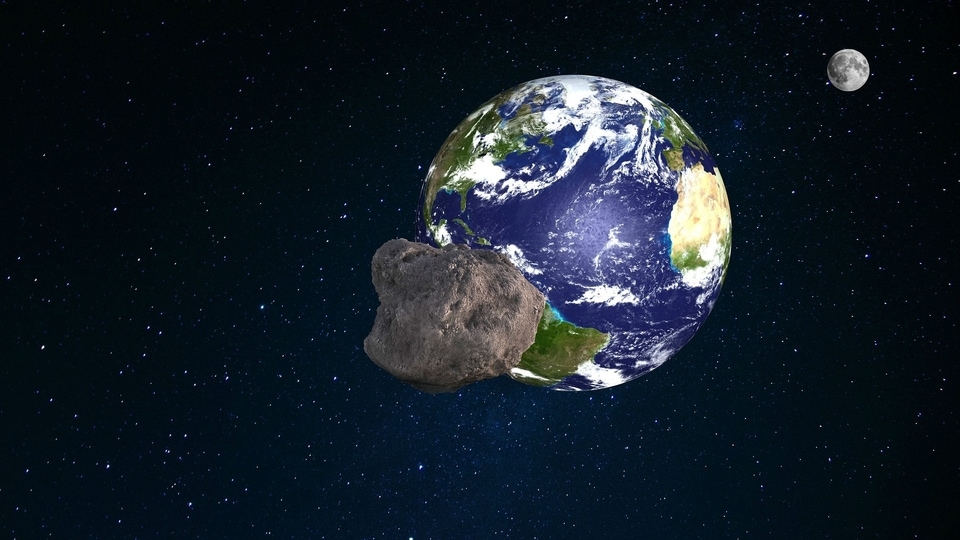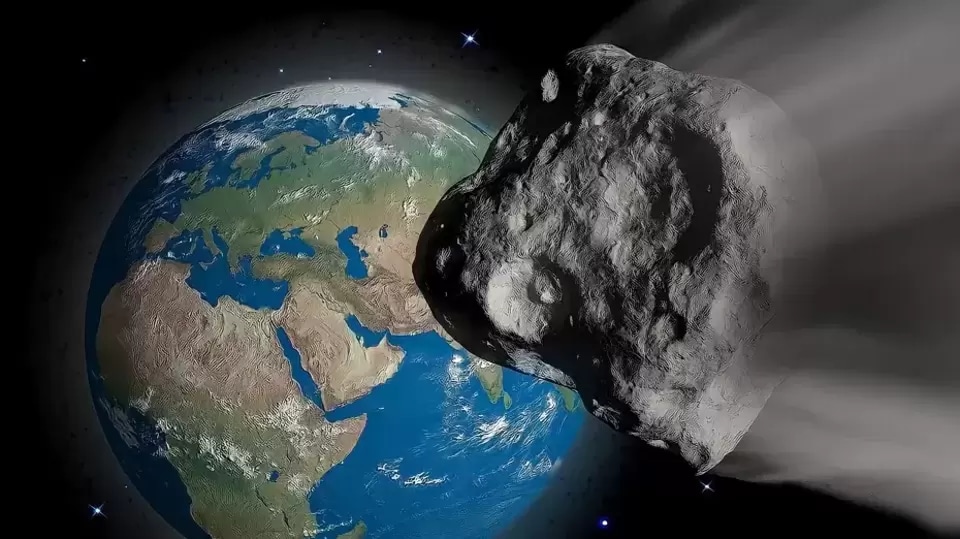Coming today! Plane-sized asteroid set to get as close as 4.5 mn miles to Earth, says NASA
NASA has warned that an asteroid is all set to pass Earth today, and it is a big one! Here’s what the space agency revealed.






 View all Images
View all ImagesTo keep a watch and track asteroids, NASA studies data collected by the telescopes and observatories such as the Pan-STARRS and the NEOWISE telescope. Now, NASA has issued an asteroid alert after due warning with the help of these tech marvels. This particular asteroid is nearly the size of an aircraft! Although this asteroid does not pose any viable threat to Earth and will pass the planet safely, it has still been classified as a potentially hazardous asteroid due to the close proximity of its encounter with Earth. Here's what you need to know.
Asteroid 2017 XQ60 key info
The asteroid, named Asteroid 2017 XQ60, is making its way towards the planet today, December 21. The gigantic 140-foot space rock is set to make its closest approach to Earth today at a distance of 7.2 million kilometers. According to NASA, the asteroid is speeding towards Earth at a staggering 57463 kilometers per hour.
Asteroid 2017 XQ60 was discovered on December 13, 2017, and it belongs to the Apollo group of asteroids. According to the-sky.org, the asteroid completes its orbit around the Sun in around 364 days. During this orbit, its farthest distance from the Sun is 181 million kilometers while the nearest distance is 117 million kilometers.
NASA tech explained
Surveys done by NASA-supported ground-based telescopes – including Pans-STARRS1 in Maui, Hawaii, as well as the Catalina Sky Survey near Tucson, Arizona – have identified thousands of near-Earth objects. And a space-based telescope called NEOWISE has identified hundreds of others while scanning the skies at near-infrared wavelengths of light from its polar orbit around Earth. NASA uses its ground-based radar to gather precise data about the asteroid's path and its characteristics.
NASA also has a new impact monitoring system in place which uses an algorithm called Sentry-II to calculate the impact risk of Near-Earth Objects. The space agency has a NEO Surveyor mission planned for launch in 2026 to gain even greater in-depth data using a new orbiter.
Catch all the Latest Tech News, Mobile News, Laptop News, Gaming news, Wearables News , How To News, also keep up with us on Whatsapp channel,Twitter, Facebook, Google News, and Instagram. For our latest videos, subscribe to our YouTube channel.





























